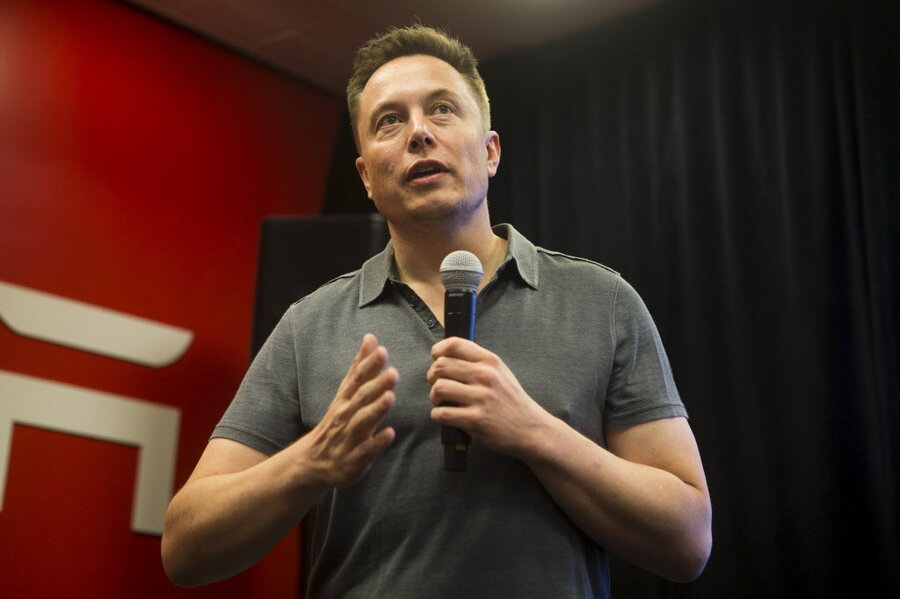Elon Musk's hyperloop transportation is doable, but will it be too expensive?
Loading...
One of the most interesting developments in the transportation industry right now is the initial work being done on Elon Musk’s Hyperloop concept. The concept is starting to take shape in the form of a couple of independent efforts to develop prototype test tracks for a Hyperloop. It is unclear when these test tracks will finally become operational or what they will reveal about the technical feasibility of the Hyperloop (though the caliber of work done on the concept thus far suggests the idea has promise, as evidenced by the extensive study originally put out by Musk’s team).
Setting aside the technical issues involved in actually building the Hyperloop, one critical factor in whether the system will ever be constructed is its cost. Because the system is theoretical right now, cost estimates are going to vary widely, but it is possible to come up with a reasonable ballpark estimate.
To look at the cost of the Hyperloop, it’s important to distinguish exactly where the two end points of the system would be. Musk has talked about using the Hyperloop to connect LA and San Francisco. That distance spans about 382 miles.
So how much would a Hyperloop from LA to San Francisco cost?
Assuming a circular pylon diameter of around 10 feet, and a height of forty feet, that implies roughly 46 cubic yards of concrete per pylon. Concrete prices per yard vary, of course, but are often around $100 per cubic yard for the material itself. Adding an additional $900 per yard for labor, grading work, structural reinforcement, regulatory paperwork, etc. and a further $20,000 for steel brackets to hold the tube implies a cost per pylon of $64,000 each. This suggests the pylons for 1 mile would cost about $3.46 million or a total of $1.3 billion for the entire LA to San Francisco route.
Assessing the cost of the tube is harder since it would likely be manufactured in a factory and then assembled on site via cranes, but railroad track which is somewhat similar, in concept at least, costs about $1.5 million per mile. Tripling that figure, to be conservative, gives a cost per mile for the Hyperloop tube of about $5 million per mile, and then multiplying by two (for two, one way tubes) gives a total cost of $10 million per mile or $3.8 billion for the entire 382 mile distance.
Finally, the pods for the Hyperloop would also likely be built in a factory, with price heavily dependent on volume, given the traditional cost curve in transportation economics. A reasonable comparison here though might be passenger cars used on trains in the northeast or estimates given for California’s bullet train cars which are larger than most Hyperloop pod designs and thus might be a conservative comparison to use in this situation. Those cars often cost around $3 million each versus NYC subway cars at $1.3 million each. Assuming an average between the two gives a number of around $2 million per car. Assuming each pod holds 25 passengers and the ride takes 1 hour each way, then each pod could run perhaps 2 trips each way during the peak daily travel period for a total of 200 daily passengers per pod (i.e. two trips from LA to SF and back in the morning and then a second pair in the afternoon/evening). To accommodate 10 million passengers annually (27,000 passengers daily) then would require about 150 pods (given downtime/maintenance needs).
Adding these figures up, $1.3 billion for pylons, $3.8 billion for tube, and $300 million for pods gives a total cost of about $5.4 billion or about $14 million per mile. This compares to a cost per mile for interstate highway of $10 million or more in urban areas and nearly $20 million per mile for highway in California. The cost for the Hyperloop’s real competition, California’s bullet train? Nearly $100 billion. Clearly the Hyperloop looks like a relative bargain here, though not an unrealistic one.
Source: http://oilprice.com
Original article: http://oilprice.com/Energy/Energy-General/Elon-Musks-Hyperloop-Expensive-But-Doable.html







